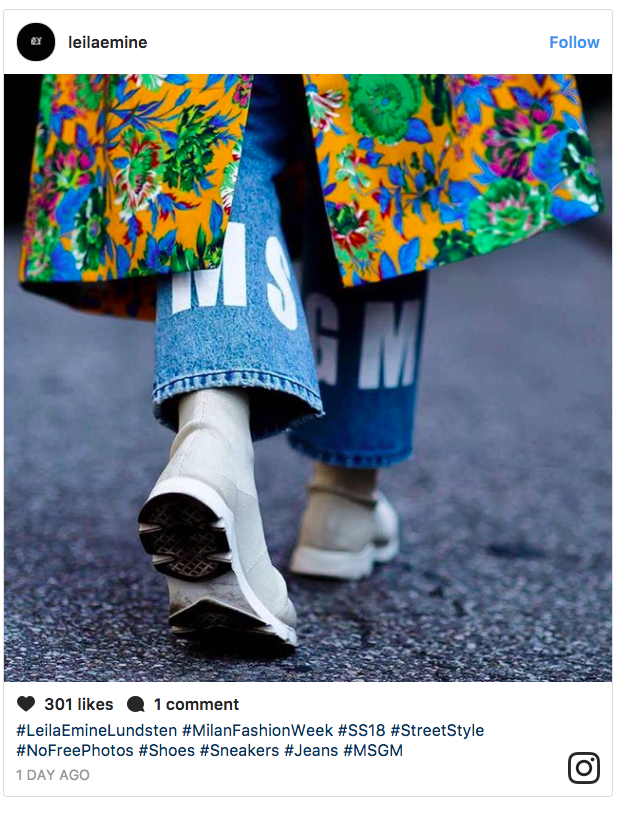
Metamorphosis; Edward Enninful Addresses Fashions Diversity Problem With His Debut Cover For British Vogue
British Vogue is addressing its diversity issue with new editor-in-chief Edward Enninful revealing his first ever British Vogue cover, featuring 25-year-old Ghanaian-British model Adwoa Aboah. The much anticipated December 2017 issue...

#NOFREEPHOTOS Fashion Photographers Take A Stand For Their Rights
In Milan, this past weekend according to WWD, about 40 photographers have come together publicly to protest against the unauthorised use of their street style photography.Members of the group, which calls itself an "unofficial union" named "The Photographers," have begun adding the agreed hashtag #NoFreePhotos to images uploaded on their Instagram accounts to take a stand against the commercial use being made of their photos.
